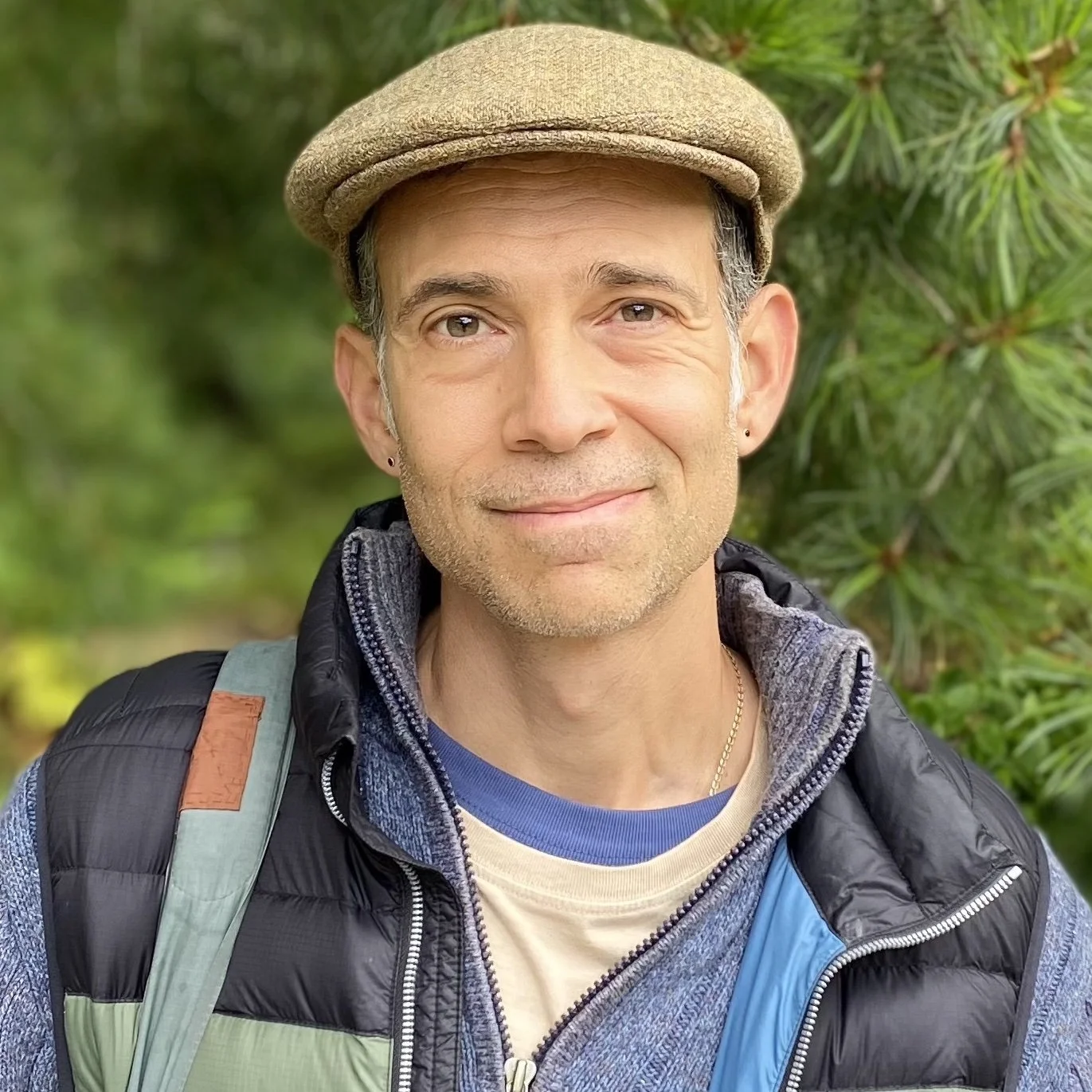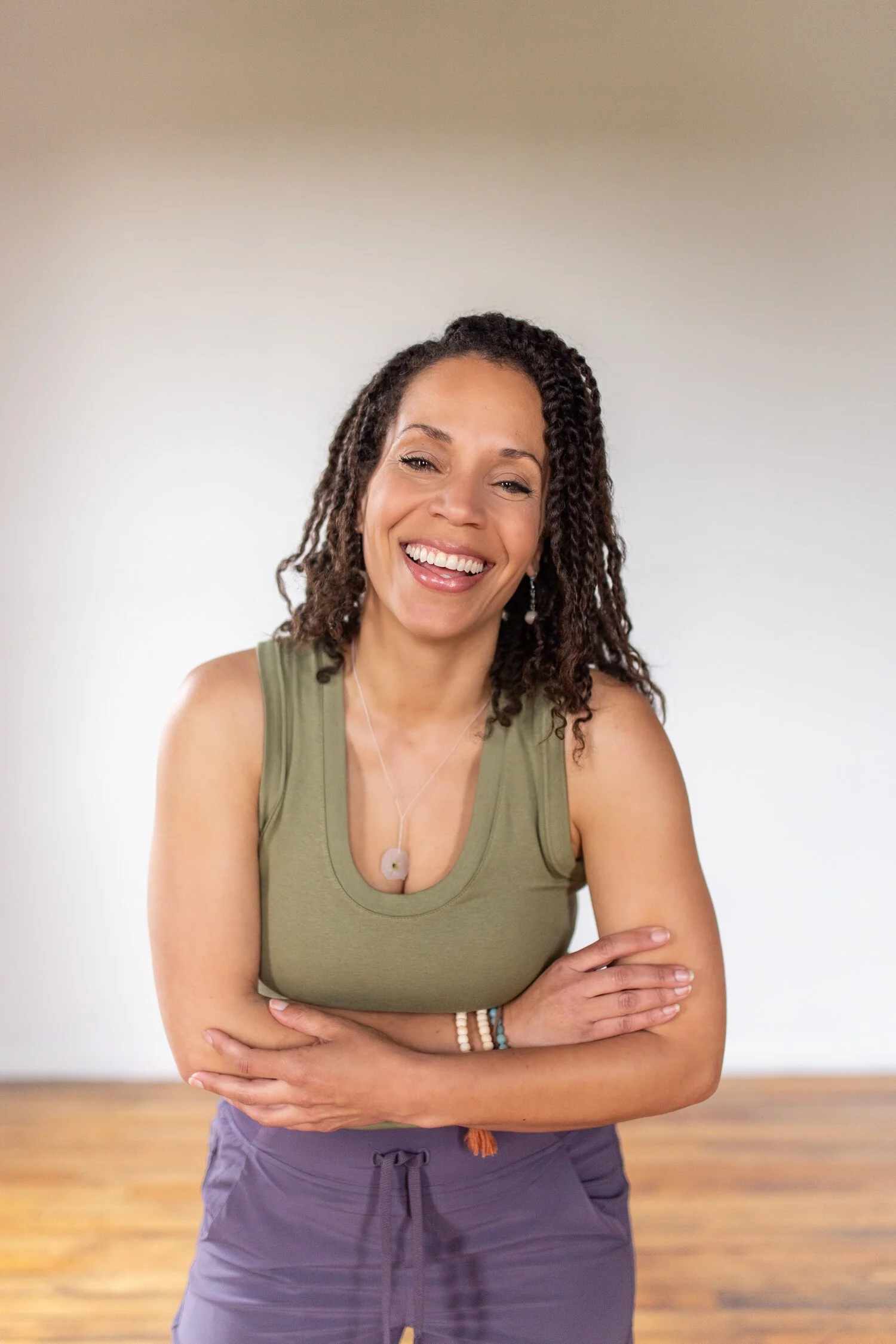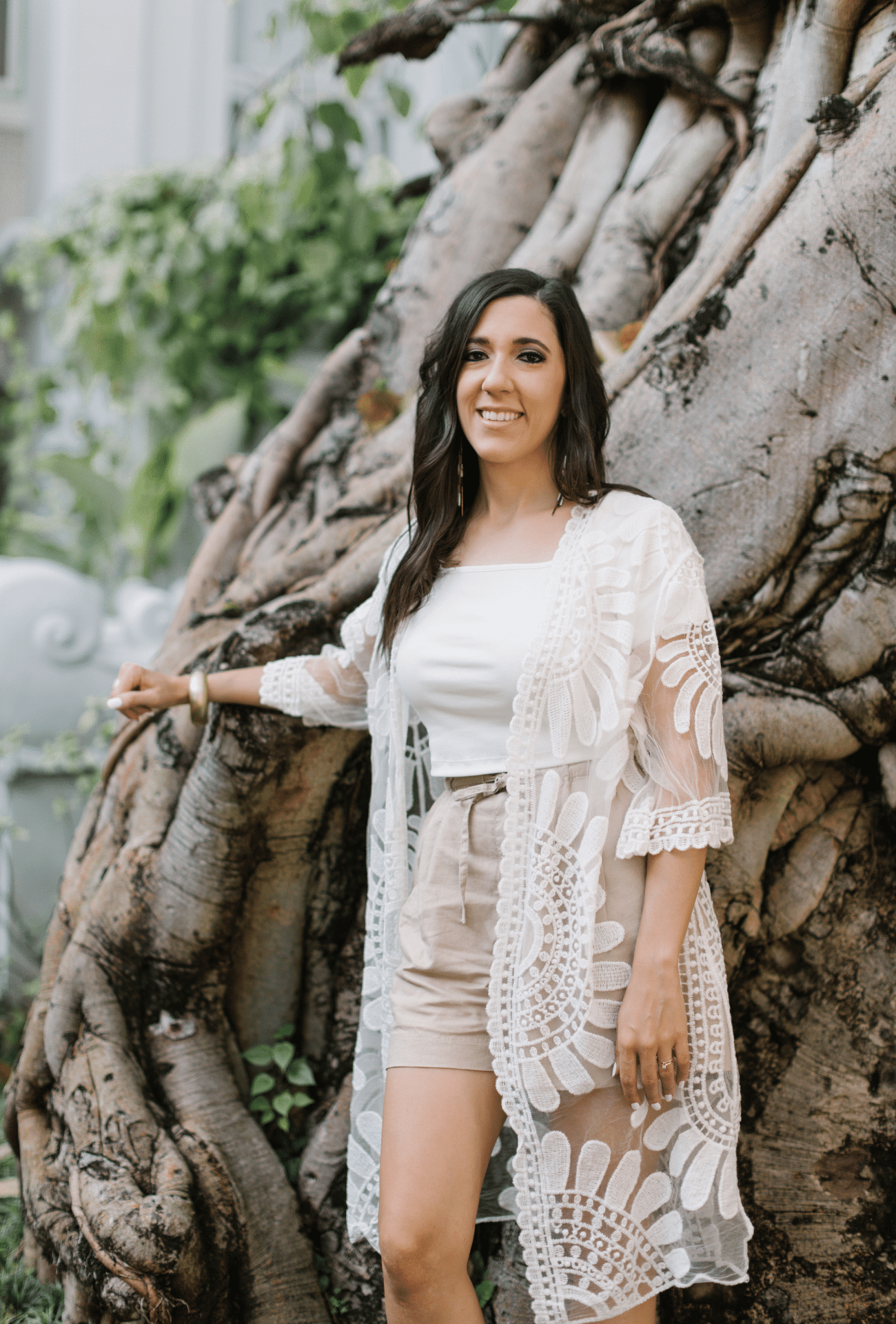How to Connect in the Midst of Chaos and Conflict
We are living in the midst of multiple unfolding catastrophes – those we name as such and those we don’t.
Catastrophe: the moment a tear appears in the fabric of our sense of What Is.
On a personal level, these catastrophes come in the most intimate of forms. Our loved one dies and shatters our soul in ways that feel – for a time – unhealable. We experience a messy breakup that strips us of our vision for the future, instead enclosing us in a temporary tomb of hopelessness. We listen to a song that leads to tears streaking down our faces as it touches a part of ourselves we for so long have kept siloed in the recesses of our story.
Each of these moments – personally catastrophic.
But we are also shaped in the context of communal and societal catastrophes: the destruction of life in Gaza, the movement in the United States (and across the world) toward authoritarianism, the stripping away of women’s rights and voting rights, the ongoing messages and impacts of consumerism, meritocracy, and white supremacy, and so on.
In the midst of these unfolding catastrophes, how do we engage practices of connection rather than fragmentation and isolation?
I recently reached out to several inner work practitioners and writers who ground themselves in different modalities and asked them to share their approach to connection in times of seeming chaos and conflict.
As you read their responses below, I invite you to think about your own life and how you might lean into more practices of connection.
The Peace of Wild Things
Sarah Southern, writer of Wild + Waste
When I was young, I retreated to a tree to calm my mind and heart. It was a crooked thing, technically on the neighbor’s side of the fence but drooping over ours. I’d climb up the chain linked fence and boost myself up into the tree. This was long before I ever read the science behind tree hugging or the healing practice of forest bathing. I’d sit and let my imagination wonder. It was my safest place until a terrible thunderstorm split my tree in two.
I don’t climb trees anymore but I do retreat into nature, seeking out what the brilliant Wendell Berry called “the peace of wild things.” During the height of Covid, I found respite and connection in the front range and Rocky Mountains of Colorado, vacating the city for tranquility and quiet and temporary forgetfulness of a world in crisis. These days, total calm is harder to come by in a much bigger city thousands of miles from my beloved Rocky Mountains. But still, I find “the peace of wild things” in the tidal pools and rocky cliffs, the beachside trails and nearby slot canyons.
In the ancient roots of redwoods, the boughs of a mimosa tree, on the shores of alpine lakes, and the deep blue Pacific, in old earth and cool water, rough bark and gentle petals, I’ve found methods for connecting back to myself even when “despair grows” and the world groans.
Balancing the Pain with Beauty
Oren Jay Sofer, author of Your Heart Was Made for This
For me, one [part] is being willing to, in your own time, in your own way, open to that pain to allow yourself to feel it. Because the pain is a reflection of your love. And if we cut ourselves off from our pain, we cut ourselves off from our love and joy in life…
The other part is balancing that with finding other ways of feeling nourished by connection that don't come with that shadow of pain and loss. So whether it's with a pet, with your neighbor, with the trees outside, with a memory from your childhood – we need that sense of being uplifted, particularly when there's pain and loss to balance both. I would work in both of those directions.
Connection Through Letting Go
R.G. Shore, author of The Ocean Inside Me: A Spiritual Memoir on Healing Racial Trauma
Opportunity and Choice
Tia Norman, contemplative teacher + guide
Awareness and presence have been the greatest gifts in cultivating a sense of connection amidst seeming chaos and conflict. For me, Centering Prayer has had the most significant impact in these areas. This practice isn't about escaping chaos and conflict; rather, it equips me to fully engage with reality. It opens up a window of opportunity where I realize that I always have a choice. In that space of choice, I can access something transcendent, even in the midst of chaos and conflict.
I've heard it said that even if Nelson Mandela had never been released from prison, he would have died a free man. Can you imagine if we were all that free? Can you imagine if we were all that connected?
If you’re looking to build a daily connection practice in your own life, join the waitlist for our upcoming 30-day inner work cohort.
Chosen vs. Borrowed Values
Mandy Capehart, author and grief counselor
Grieving has taught me the profound lesson of recognizing how little I can control in life. In the midst of chaos, I realize that the key to maintaining a sense of connection lies in controlling my inner world. This involves becoming acutely aware of how the external world impacts me holistically—heart, mind, body, and spirit.
The journey begins with stillness. I must stop moving, stop fixing, stop teaching, and stop hurrying. By pausing, I become attuned to the discombobulation and disconnect within myself. This awareness allows me to identify whether I am living from my curated core values or from borrowed ones.
Realigning my behaviors, thoughts, emotions, and sense of connection with my chosen core values becomes a deliberate pathway. This path empowers me to determine how much access and influence external circumstances have over my inner world. I approach this process through the lens of play, curiosity, imagination, rest, softening, and surrendering to the present moment as much as possible.
Our Body Leads the Way
Jenny McGrath, somatic practitioner and certified yoga teacher
This may seem odd… but for me my greatest sense of being able to connect to myself is when I allow myself to just move how my body needs to move. This may be rolling on the ground, going on a hike, screaming, making funny faces… just giving my body time and space to express the chaos and emotion she is feeling always seems to help me find my way back to myself.
The Sacred Heart of Love
Felicia Murrell, author of AND: The Restorative Power of Love In An Either/Or World
When I feel agitated or disillusioned by the state of the world, I return to the sacred presence of Love. I hide myself there.
There is not one — victim, villain, perpetrator, perpetrated upon, witness or passersby that is not held in the heartbeat of Love. We are all interconnected in the heart of Love who holds all pain AND weeps for the injustices and atrocities of the world with eternal sorrow. Our suffering, all suffering, is held in compassion. Even this? Especially, this.
Returning to Movement and Breath
Lauren Smallcomb, co-founder of Flourish Therapy
I find myself drawn to movement and breath in the midst of upheaval.
In this embodied space I'm able to reconnect with myself, and find a way back to anchored safety. When the dysregulation is intense, seeking out an empathetic witness to hold space with me is often what I need to reconnect.
Become more intentional and present to your life.
Join our growing community and receive this weekly email with:
1 practical framework, practice, or concept,
2 applicable inner work questions, and
3 additional resources and tools.
Learn from and engage with the words of trauma specialists, mystics, poets, and wisdom teachers every Wednesday.






